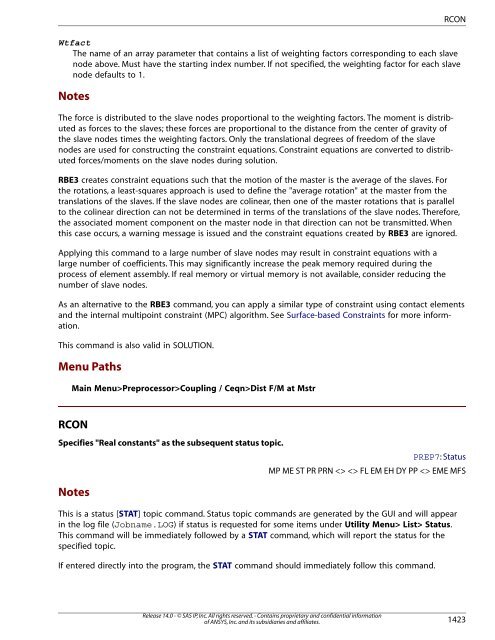


The TEG module fabricated with these materials were found to have maximum thermal-to-electrical energy conversion efficiency of 8.8% at a temperature difference of 570 K 15. Likewise, doping n-type nanostructured PbTe with 0.2% PbI 2 provided ZT of 1.4 at 750 K 15. demonstrated that doping p-type nanostructured PbTe based TE material with 4% Na reduces lattice thermal conductivity through nanostructuring and results in ZT of 1.8 at 810 K 15. Some techniques, such as nanostructuring, doping with Cu or Ag atoms, and adjusting atomic ratios, have been found to improve the ZT of TE materials 6, 7, 8, 9, 10, 11, 12, 13, 14. The figure of merit (ZT) is defined as \(ZT=\frac)\) and by reducing the thermal conductivity (κ). One of the key reasons behind this is the low figure of merit (ZT) of thermoelectric (TE) materials. Despite these salient features, TEGs have been used only in limited practical applications 2, 3, 4. TEGs utilize Seebeck effect in order to convert heat directly into electricity 1. Solid-state structure with no moving parts or harmful chemical discharge makes TEGs reliable, maintenance-free, and noiseless. Thermoelectric generators (TEGs) are currently the most pursued thermal energy harvesting technology. Taguchi results are validated against the results obtained using traditional full factorial optimization technique and a TEG configuration for simultaneous optimization of power and efficiency is obtained.

The effect of environmental factors on the optimization of segmented TEGs is also studied. Using the state-of-the-art TE material properties and appropriate statistical tools, we provide near-optimum TEG configuration with only 25 experiments as compared to 3125 experiments needed by the conventional optimization methods. We have considered comprehensive set of design parameters, such as geometrical dimensions of p-n legs, height of segmentation, hot-side temperature, and load resistance, in order to optimize output power and efficiency of segmented TEGs.

In this study, we demonstrate physics based numerical techniques along with Analysis of variance (ANOVA) and Taguchi optimization method for optimizing the performance of segmented TEGs. However, segmented TEGs are still in early stages of development due to the inherent complexity in their design optimization and manufacturability. Recent studies have demonstrated that segmented thermoelectric generators (TEGs) can operate over large thermal gradient and thus provide better performance (reported efficiency up to 11%) as compared to traditional TEGs, comprising of single thermoelectric (TE) material.


 0 kommentar(er)
0 kommentar(er)
